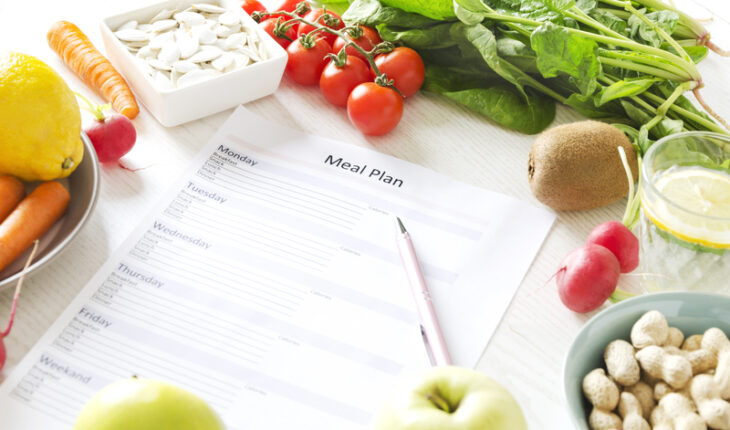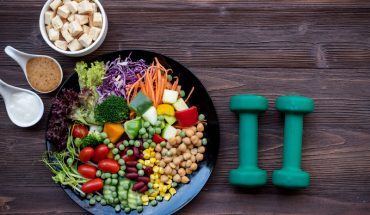Crafting an effective meal plan can seem like a daunting task, but it’s a crucial step towards a balanced lifestyle and healthier food choices. It enables you to align your meals with your health goals, reduces waste, and adds more variety to your diet.
Your Goals
A successful meal plan should reflect your health and lifestyle goals. Are you looking to shed a few pounds, control a chronic disease, or build muscle mass? Different goals require different dietary approaches. For weight loss, you might emphasize fruits, vegetables, lean proteins, and whole grains, while limiting sugar and saturated fats. If you’re managing diabetes, focusing on balanced meals that pair complex carbohydrates with protein and healthy fats will be essential. To build muscle mass, you’ll need to incorporate more protein into your diet. For lifestyle goals such as veganism or vegetarianism, you’ll need to identify protein and nutrient-rich plant-based options. Always remember to seek professional guidance from a dietitian or nutritionist to ensure your meal plan is nutritionally sound and aligns with your specific health goals.
Preserving Food
A major part of meal planning is understanding food preservation to ensure the longevity of your ingredients and prepared meals. Efficient preservation methods save you time, money, and help prevent food waste. Refrigeration, freezing, and vacuum sealing are common ways to extend the shelf life of your food. Storing leftovers properly and promptly refrigerating perishable items after meals can significantly minimize spoilage. Freezing works best for preserving fruits, vegetables, and certain cooked meals. When freezing, be sure to use appropriate storage containers that are both airtight and freezer-safe to protect your food from freezer burn. Vacuum-sealing meals can help preserve its shelf life and prevent food waste. The process involves removing air from the packaging, which slows the growth of bacteria, mold, and yeast, thus prolonging the food’s freshness.
Creating Variety
While meal planning can involve repeating meals for convenience, it’s essential to ensure variety in your diet to provide a broad spectrum of necessary nutrients. Aim to include different food groups and color-coded foods to ensure a range of vitamins and minerals. Creating variety can also involve rotating your sources of carbohydrates, proteins, and fats. For instance, you might opt for brown rice one week and quinoa the next. You could choose chicken for one meal and fish for the next. Adding diversity can make your meal plan more exciting, keeping you engaged and making it easier to stick to your plan. Experimenting with different spices, herbs, and flavors can make familiar ingredients feel new and intriguing.
Making a meal plan that considers your goals, incorporates efficient food preservation, and includes a variety of foods can enhance your nutrition, save you time and money, and add an enjoyable element of creativity to your routine. Remember that flexibility is essential — what works one week might need to be tweaked the next. The key is finding a balance that works best for your personal health journey and lifestyle.
Did you find this article helpful? Check out: Snacks That Are Rich in Iron




